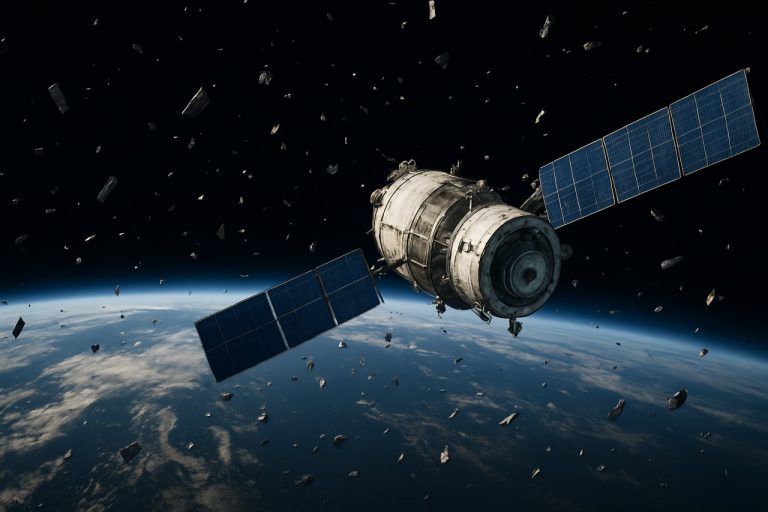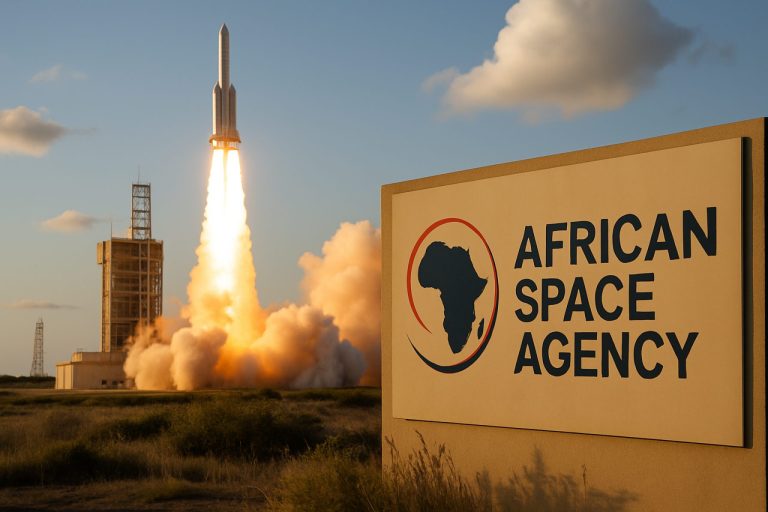
Amazon’s Project Kuiper Is Set to Shake Up Satellite Internet—Second Fleet Launches June 13, Promising Faster Global Connectivity
Amazon’s Kuiper 2 mission aims to double its satellite network, heating up competition with SpaceX as the global race for internet dominance intensifies.
- Launch Date: June 13, 2025, 2:29 p.m. EDT (1829 GMT)
- Satellites Deploying: 27 (doubling current Kuiper constellation to 54)
- Planned Network: 3,200+ satellites (target)
- Competitor: Starlink’s operational fleet: 7,600+
Amazon is gearing up for another major leap in the booming space race. On June 13, 2025, the United Launch Alliance’s proven Atlas V rocket will blast off from Cape Canaveral’s Space Launch Complex-41, carrying 27 new satellites for Amazon’s ambitious Project Kuiper. The Kuiper 2 mission promises not just more satellites overhead, but a dramatic improvement in global broadband speeds.
This marks the second deployment in Amazon’s plan to create a satellite superhighway in the sky—offering lightning-fast, wireless internet to more communities worldwide. Once in low Earth orbit (LEO), the new satellites will maneuver into position and connect with Kuiper’s existing fleet, instantly doubling its constellation.
Amazon’s Kuiper 1 mission set the tone earlier this year, described by company insiders as the dawn of a new era in global communications. The follow-up, Kuiper 2, builds on that momentum as Amazon pursues its vision: over 3,200 satellites, global connectivity, and rapid deployment through 83 scheduled launches.
For those following Amazon and the evolving world of space-based internet, the competition is red-hot. Starlink, the system operated by SpaceX, has already deployed more than 7,600 satellites and offers service across continents. But experts say numbers aren’t everything.
Q: How Does Project Kuiper Compete With Starlink?
Instead of chasing sheer satellite quantity, Amazon takes a different approach. Its Project Kuiper combines the LEO satellite swarm with a sophisticated planet-wide web of ground stations, all supercharged by Amazon Web Services (AWS). This hybrid architecture is set to deliver robust, reliable high-speed internet—potentially with fewer satellites, but smarter integration.
Meanwhile, Starlink’s larger, fast-growing network focuses on maximizing coverage fast, with many satellites buzzing across the globe. Yet, Amazon’s tech-first model could give it an edge in scalability and long-term sustainability.
How Will Kuiper’s Satellite Internet Change Lives?
High-speed satellite broadband holds enormous promise—especially for remote and rural communities still underserved by traditional ISPs. Project Kuiper could connect millions to education, healthcare, and jobs online, closing digital divides that have persisted for decades.
On launch day, if all goes according to plan, millions may witness the Atlas V rumble skyward. Space lovers can watch the event streamed by partners like Space.com and get real-time updates.
Q: How Is Amazon Addressing Space Sustainability?
Engineers at Kuiper are prioritizing sustainability as the constellation grows. Every satellite carries technology designed to minimize orbital debris and safely deorbit at the end of its life. Plus, Amazon is collaborating with the astronomical community to reduce interference with research and improve the stargazing experience—addressing a growing concern as satellite networks proliferate.
How to Stay Updated on Kuiper 2 Launch?
Mark your calendar for June 13, 2025. Stay tuned for updates on United Launch Alliance or watch live streams from trusted news sites. If the window shifts due to weather or range approval, check official channels for instant notices.
Don’t Miss the Next Leap in Global Connectivity!
- ⏰ Set an alert for June 13, 2:29 p.m. EDT
- 💡 Follow Amazon and ULA for real-time missions news
- 🌎 Explore Project Kuiper and Starlink tech—see what fits your needs
- 📱 Share the excitement as a new era of internet goes live from space



